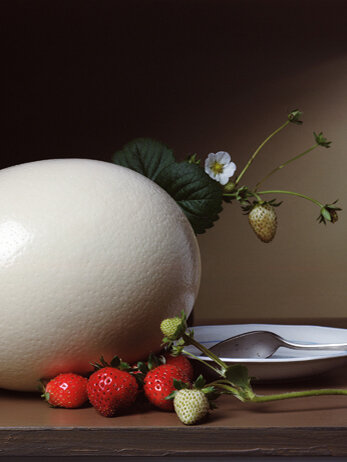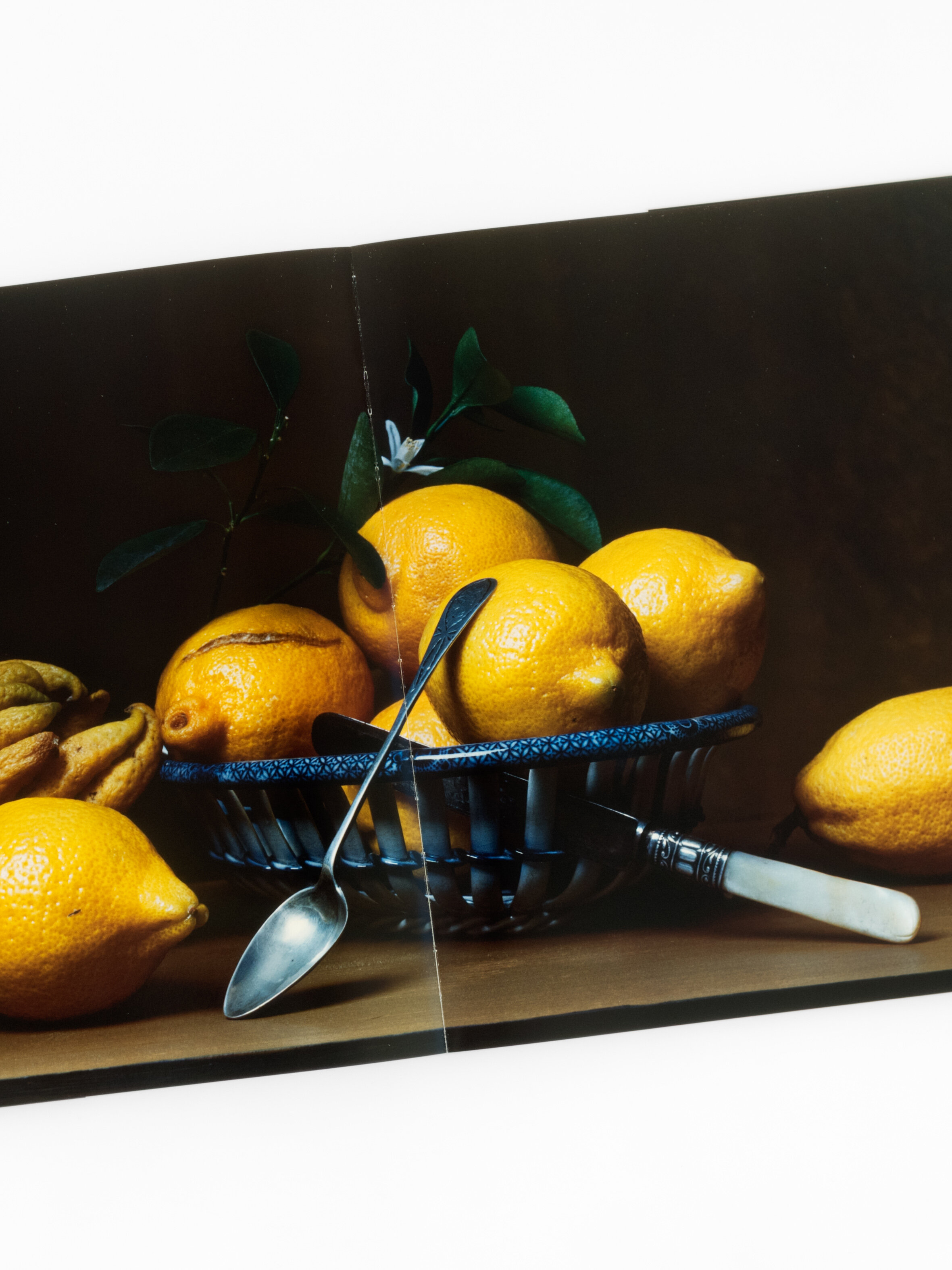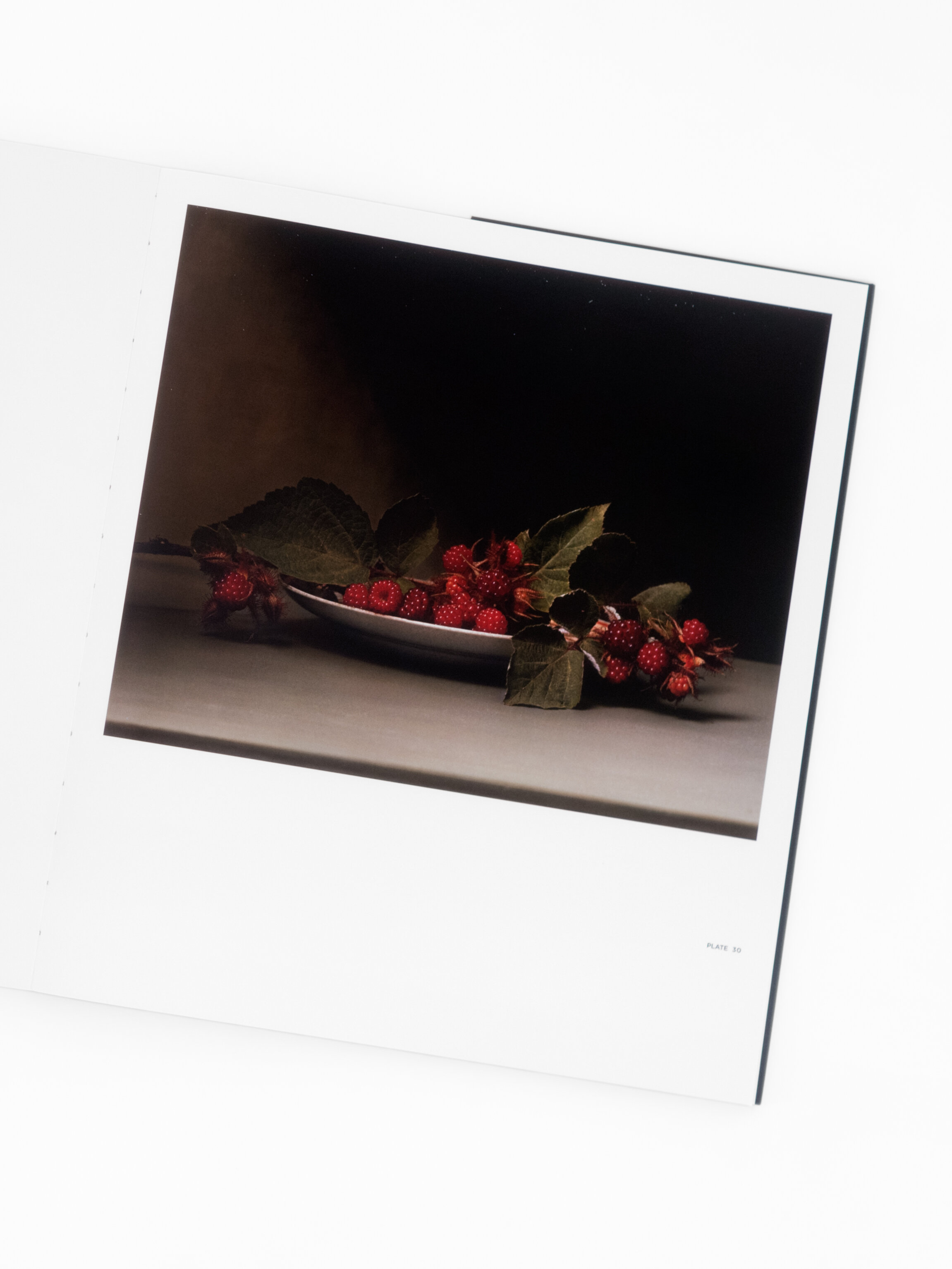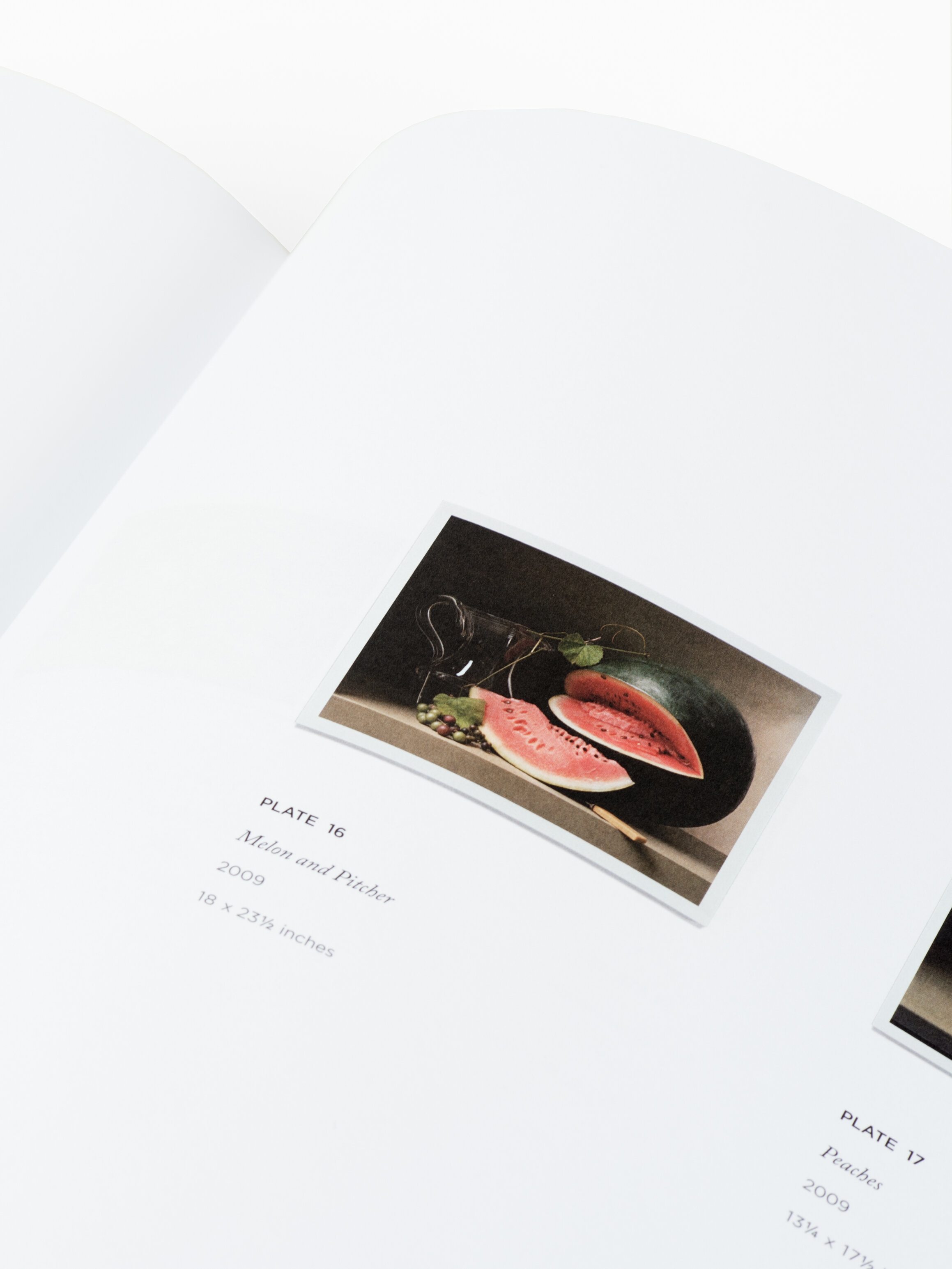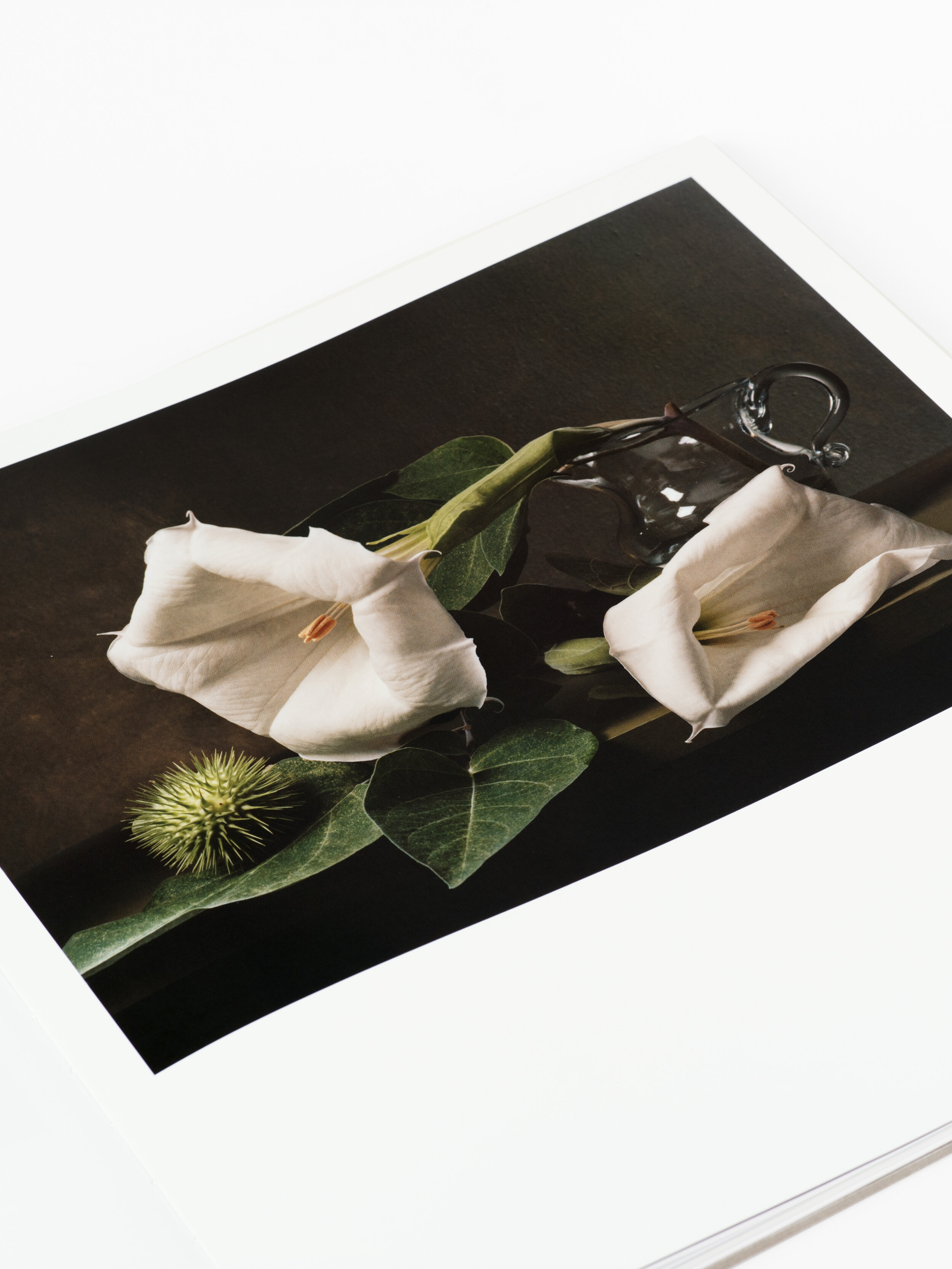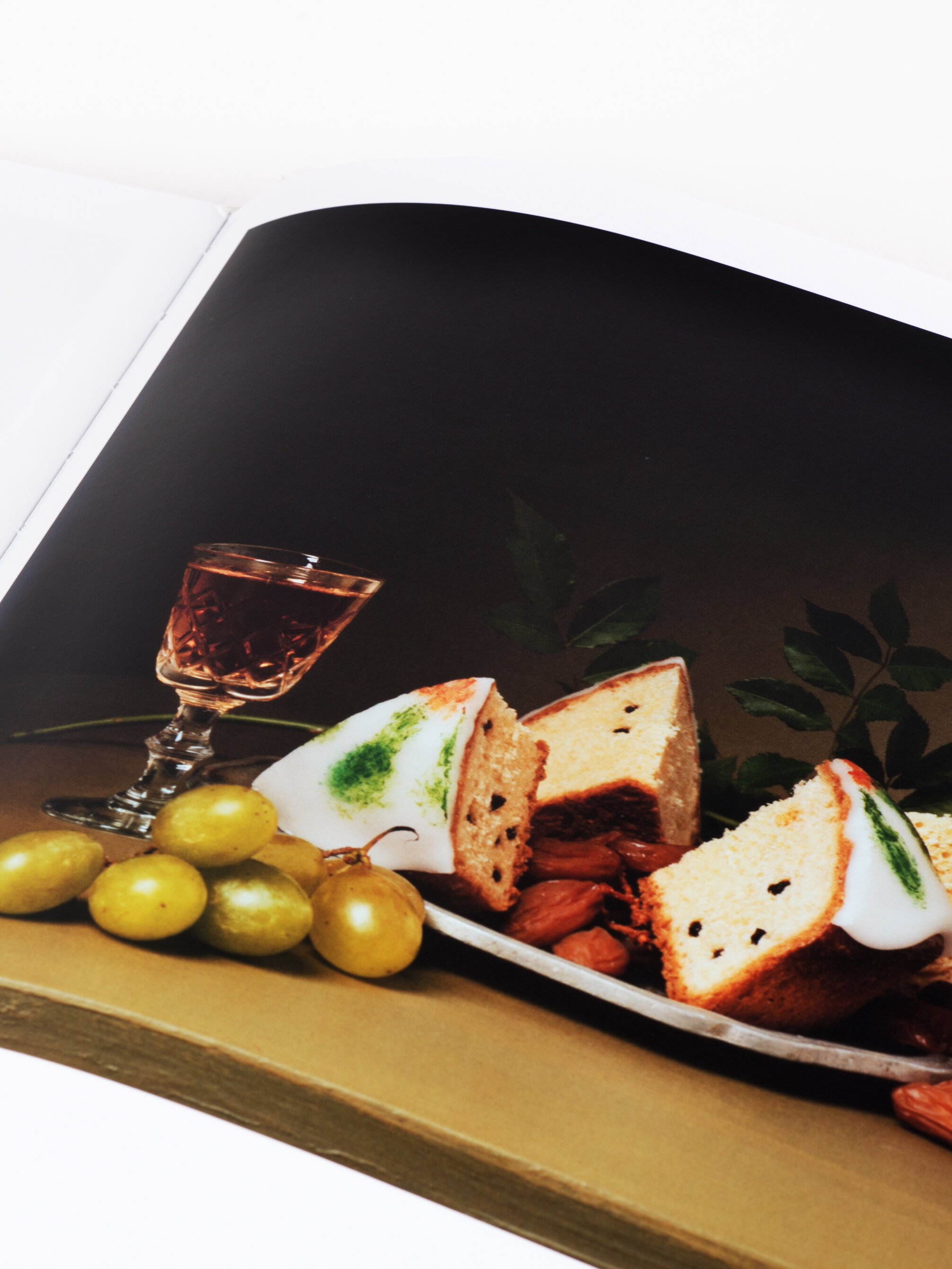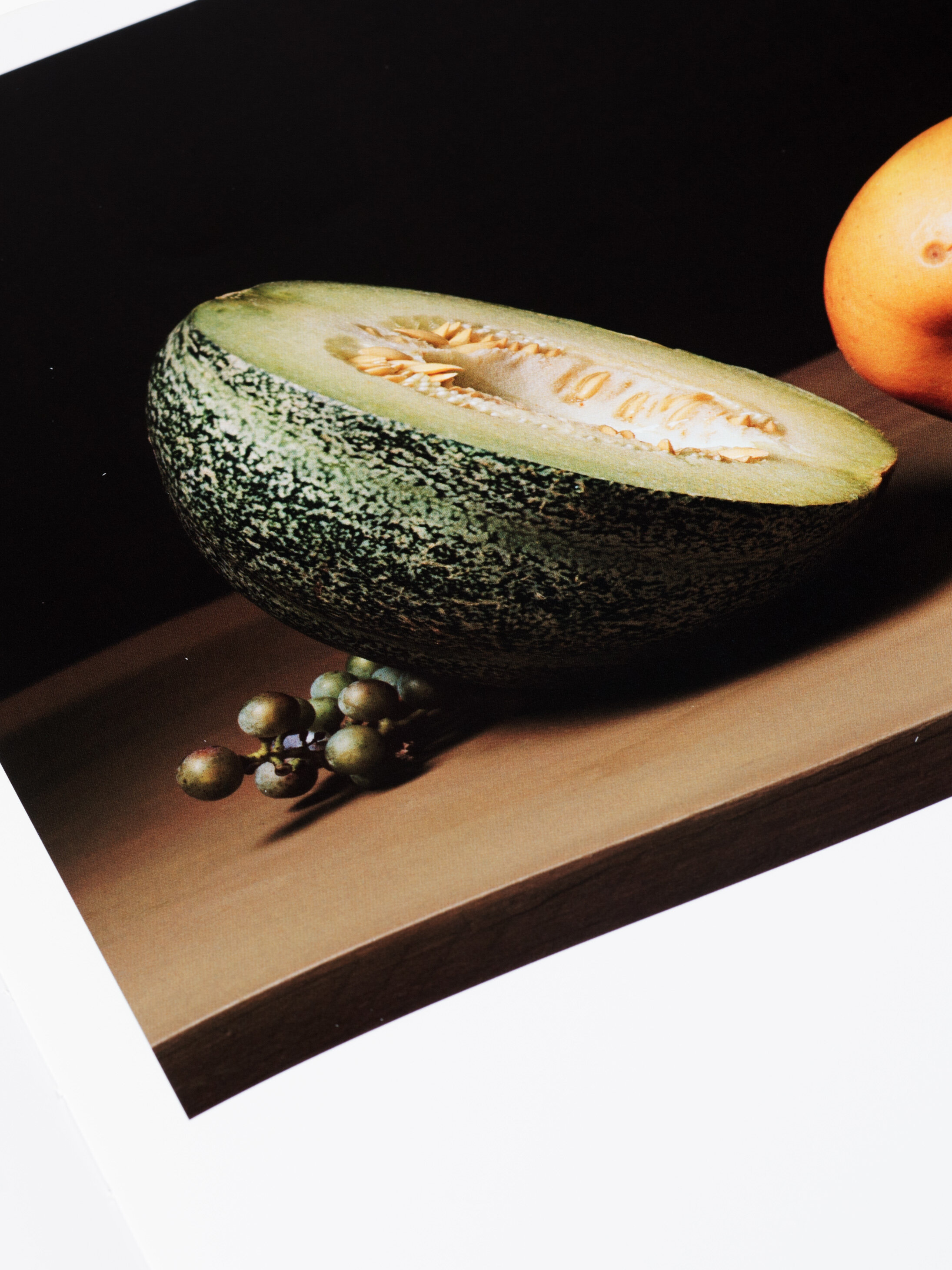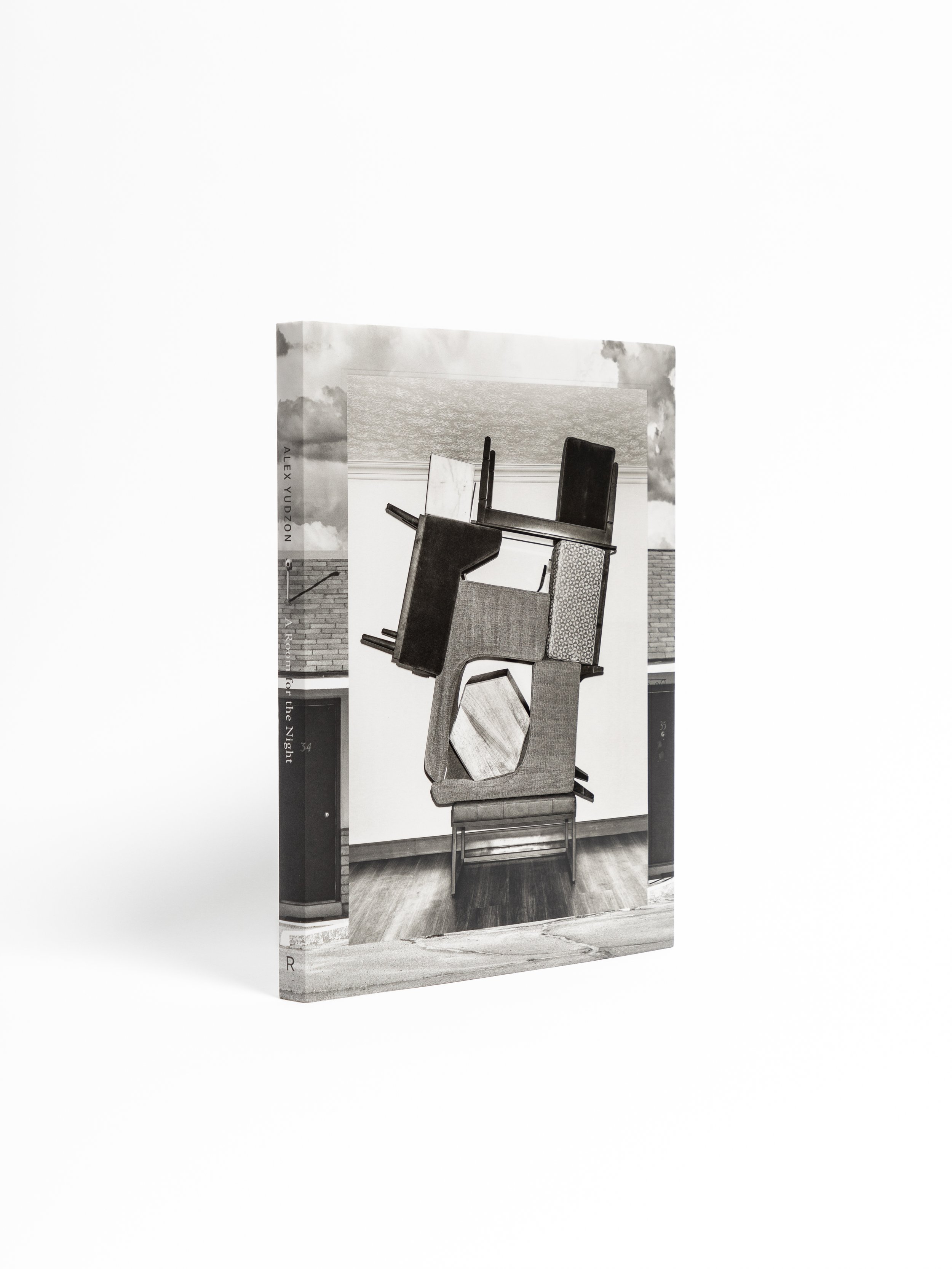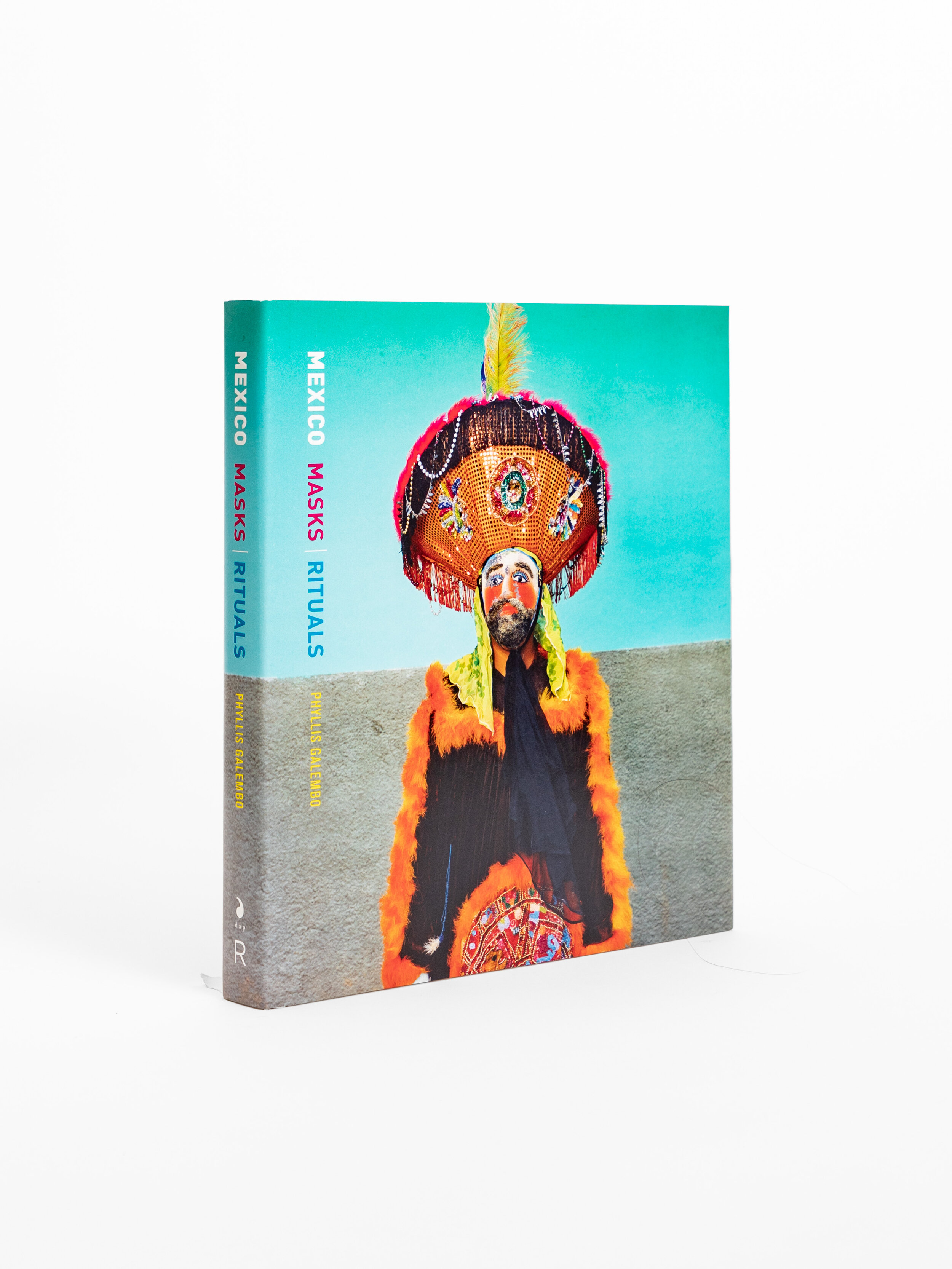Sharon Core: Early American
Core’s work is a triumph of multi-level trompe l’oeil — trumping the eye by turning a painting that aspires to lifelikeness into a photograph that aspires to painting.
— Howard Chua-Eoan, TIME
In 2007, Sharon Core came across the work of the early nineteenth-century American still life painter Raphaelle Peale. Peale’s still lifes of fruit, cakes, and vegetables are characterized by an uncanny lifelikeness, a strange animation of natures mortes, an American austerity, and a sense of non-identity, a giving over of a signature hand of the artist in favor of a minute replication of reality.
Core began a series of photographs titled Early American, in part due to an affinity with Peale’s work, and also because of her interest in examining the ideas surrounding illusionism and trompe l’oeil, and their relationship with photography. Core studied Peale’s paintings intensively through reproductions and tried to replicate as best as possible the lighting, subject matter, and compositional tendencies.
Core recounts, “I researched and collected period porcelain and glass and grew, from heirloom seeds, varieties of fruits and vegetables in existence in the early 19th century. Through these efforts I hoped to achieve a mirroring of Peale’s painstaking painting process, and the themes that lie under their surfaces.” Much of the meaning of the photographs lies in the gaps between the originals and copies. These differences in time, place, and technologies point towards themes of cultural memory, nostalgia and loss, and ask questions about our perception of the American past.
Core’s work is a triumph of multi-level trompe l’oeil — trumping the eye by turning a painting that aspires to lifelikeness into a photograph that aspires to painting.
— Howard Chua-Eoan, TIME
In 2007, Sharon Core came across the work of the early nineteenth-century American still life painter Raphaelle Peale. Peale’s still lifes of fruit, cakes, and vegetables are characterized by an uncanny lifelikeness, a strange animation of natures mortes, an American austerity, and a sense of non-identity, a giving over of a signature hand of the artist in favor of a minute replication of reality.
Core began a series of photographs titled Early American, in part due to an affinity with Peale’s work, and also because of her interest in examining the ideas surrounding illusionism and trompe l’oeil, and their relationship with photography. Core studied Peale’s paintings intensively through reproductions and tried to replicate as best as possible the lighting, subject matter, and compositional tendencies.
Core recounts, “I researched and collected period porcelain and glass and grew, from heirloom seeds, varieties of fruits and vegetables in existence in the early 19th century. Through these efforts I hoped to achieve a mirroring of Peale’s painstaking painting process, and the themes that lie under their surfaces.” Much of the meaning of the photographs lies in the gaps between the originals and copies. These differences in time, place, and technologies point towards themes of cultural memory, nostalgia and loss, and ask questions about our perception of the American past.
Core’s work is a triumph of multi-level trompe l’oeil — trumping the eye by turning a painting that aspires to lifelikeness into a photograph that aspires to painting.
— Howard Chua-Eoan, TIME
In 2007, Sharon Core came across the work of the early nineteenth-century American still life painter Raphaelle Peale. Peale’s still lifes of fruit, cakes, and vegetables are characterized by an uncanny lifelikeness, a strange animation of natures mortes, an American austerity, and a sense of non-identity, a giving over of a signature hand of the artist in favor of a minute replication of reality.
Core began a series of photographs titled Early American, in part due to an affinity with Peale’s work, and also because of her interest in examining the ideas surrounding illusionism and trompe l’oeil, and their relationship with photography. Core studied Peale’s paintings intensively through reproductions and tried to replicate as best as possible the lighting, subject matter, and compositional tendencies.
Core recounts, “I researched and collected period porcelain and glass and grew, from heirloom seeds, varieties of fruits and vegetables in existence in the early 19th century. Through these efforts I hoped to achieve a mirroring of Peale’s painstaking painting process, and the themes that lie under their surfaces.” Much of the meaning of the photographs lies in the gaps between the originals and copies. These differences in time, place, and technologies point towards themes of cultural memory, nostalgia and loss, and ask questions about our perception of the American past.
YOU MAY ALSO LIKE
-
Photographs by Sharon Core
Text by Brian SholisHardback with jacket
11 x 12.5 inches
82 pages / 30 images
ISBN: 9781934435465Trade: $50
Now Rare: $150 -
Sharon Core was born in New Orleans, Louisiana in 1965. She received her BFA in painting from the University of Georgia in 1987 and her MFA in photography from Yale University School of Art in 1998. Core began exhibiting her photographs in New York City in 1998 and has since shown her work in numerous solo and group exhibitions both in the United States and abroad. Her work is included in major public collections including the Solomon R. Guggenheim Museum, New York; J. Paul Getty Museum, Los Angeles; The National Gallery of Art, Washington DC; Amon Carter Museum of American Art, Fort Worth; The Phillips Collection, Washington DC; The Cleveland Museum of Art, Ohio; Los Angeles County Museum of Art, California; National Museum of Women in the Arts, Washington DC; Columbus Museum of Art, Ohio. She was the recipient of the Rema Hort Mann Foundation Art Grant in 2000. Her monograph, Sharon Core: Early American, was published by Radius Books in 2012. The artist lives and works in Esopus, New York.


